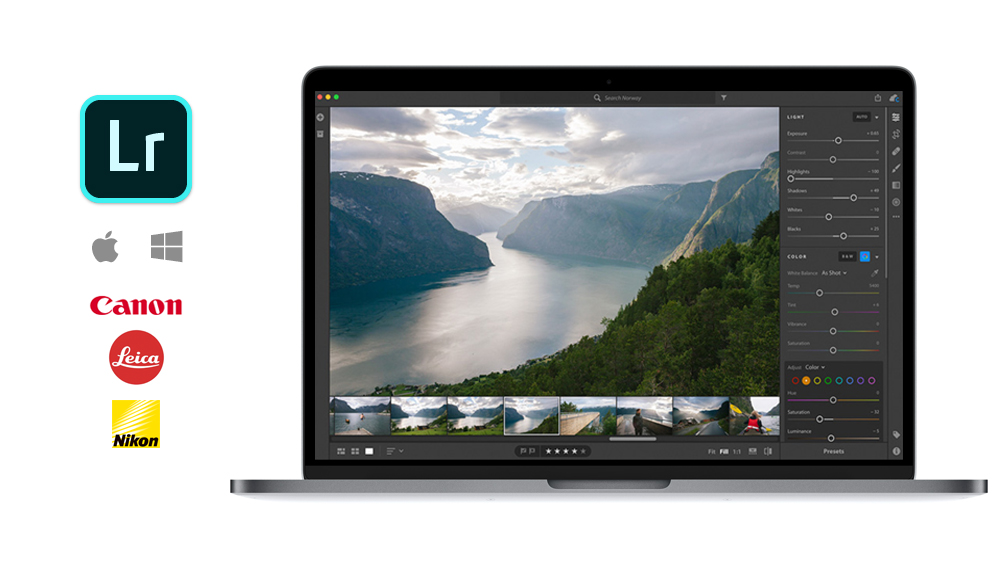


It’s also now possible to upload your own custom LUT - or lookup table - in the.
#Panasonic imageviewer full#
Let’s get the other headline specs out of the way: internal UHD and DCI 4K 10-bit 4:2:2 up to 60 fps, UHD and DCI 4K 10-bit 4:2:0 120 fps, DCI 5.7K up to 60p, 5.8K full-sensor (5760 x 4320) open gate/anamorphic recording up to 30p, ProRes 422 and ProRes 422 HQ internally, 12-bit ProRes RAW out via HDMI, full V-Log and V-Gamut profiles, CFexpress Type B and UHS-II SD card slots, IBIS up to 7.5 stops, built-in fan for active cooling, 1.84M-dot tilting and articulating touchscreen, 3.68M-dot OLED EVF with 0.76x (equivalent) magnification, full-size HDMI 2.1 port, 10Gbps USB-C port, Timecode In/Out via the flash synchro socket (with BNC adapter), and up to 75 fps in e-shutter (AF/AE locked). In theory, this hopefully means better dynamic range, color depth, and noise. The new sensor also features the lowest base ISO of a Four Thirds sensor to date - ISO 100, which is a full stop lower than the GH5 as well as the OM System OM-1 and previous Panasonic/Olympus cameras. Images and video are processed by the new Venus Engine, which Panasonic claims is twice as fast as the prior version. This yields an approximate 11% increase in linear resolution compared to its predecessor - not huge, but 25MP looks nicer than 20MP on paper.

The GH6 features a newly developed 25.2MP (effective) CMOS sensor without a low-pass filter that produces files with a resolution of 5,776 by 4,336 pixels. For the first time in seven years - since the release of the Panasonic GX8 - we have a resolution bump on a Four Thirds sensor.


 0 kommentar(er)
0 kommentar(er)
